If you’ve ever visited the Royal Palace in Amsterdam and admired the sculptures that decorate it inside and out, then you’ve already encountered the work of Artus Quellinus, the 17th-century sculptor behind the remarkable project of decorating what was, at the time, Amsterdam’s town hall.
To mark Amsterdam’s 750th anniversary, the Royal Palace, in collaboration with the Rijksmuseum, is presenting the first-ever retrospective exhibition of his work: Artus Quellinus. Sculptor of Amsterdam. More than 100 masterpieces from the Netherlands and abroad have been brought together for this exhibition, which runs from 18 June to 27 October 2025.

Artus Quellinus (1609–1668), originally from Antwerp, Belgium, was one of the most renowned sculptors of his era. He was commissioned to adorn the town hall of Amsterdam (which later became the Royal Palace), a project he worked on for about fifteen years. Quellinus was responsible for designing and executing an extraordinary sculptural programme — from the massive bronze statues on the roof to the smallest ornaments on door frames. Hundreds of sculptures were created by him and his assistants, yet surprisingly, his name is not widely known today. This long-overdue exhibition offers the perfect opportunity to introduce his fascinating work to a broader audience.
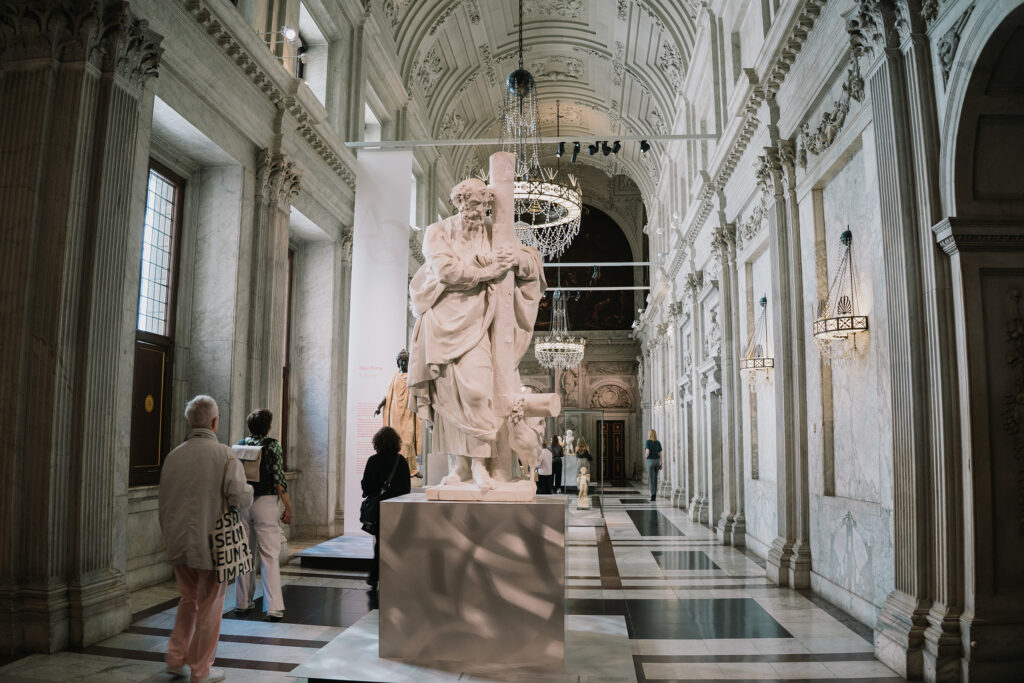
For people like me, who weren’t familiar with Artus Quellinus by name but have always admired the statue of Atlas on top of the Royal Palace, this exhibition is a wonderful discovery. I love his style — the roundness of the figures, the attention to detail — and it was a great opportunity to learn more about his life, not just his work. I also enjoyed “meeting” some of Amsterdam’s former mayors, immortalised in marble, looking as if they would move at any second.
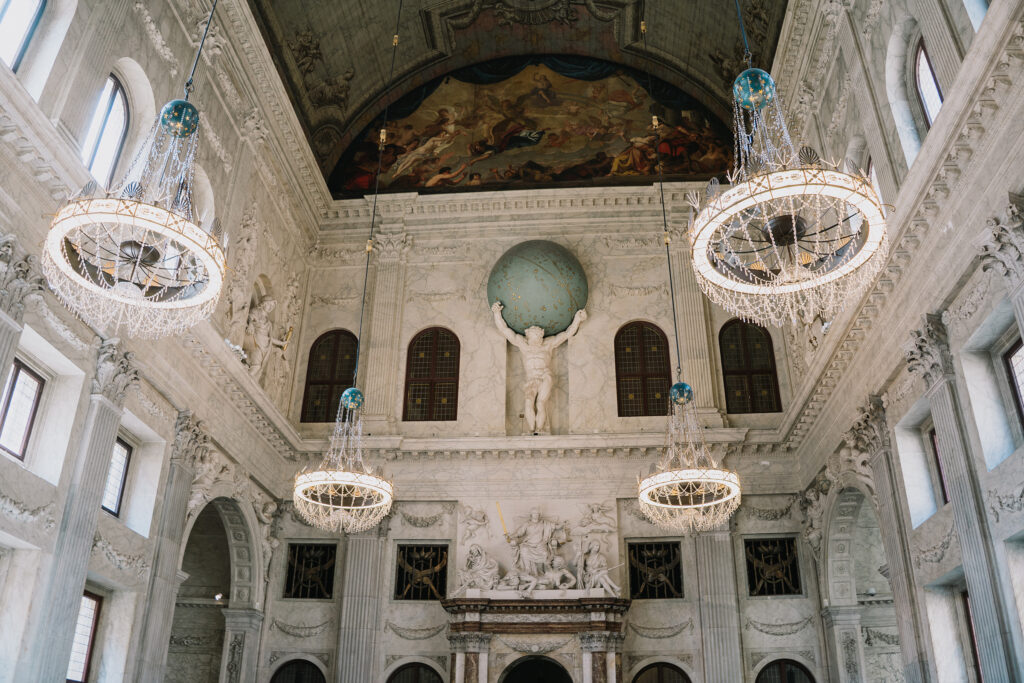
These busts of the former mayors come from the Rijksmuseum’s collection and have been temporarily moved to the Royal Palace for this exhibition. There are other important pieces as well, such as the statue of St. Peter from Antwerp and works from Germany, all brought together to complete the picture of Quellinus’s craftsmanship. Some of these pieces have rarely or never been seen in the Netherlands.
The exhibition also features works by some of his contemporaries and followers, and it explores the influences that shaped him, including the painter Peter Paul Rubens, a family friend and mentor to Quellinus.
If you’d like to visit, you can book a one-hour guided tour (€95, including the entrance fee). For families, there’s a special route for children aged 5 and up to explore the exhibition and look for animals hidden in the sculptures.
Stay tuned for more and follow Amsterdamian on Instagram and Facebook for more stories about life in the Netherlands. Please share this post if you liked it!
Check out my photo book: Amsterdam Through the Seasons!
Love what you’re reading? Support my work with a small donation.

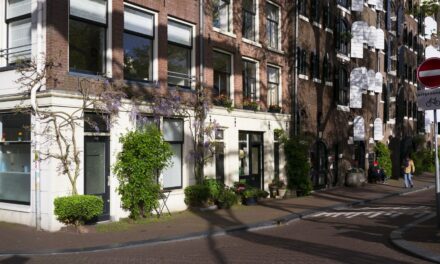

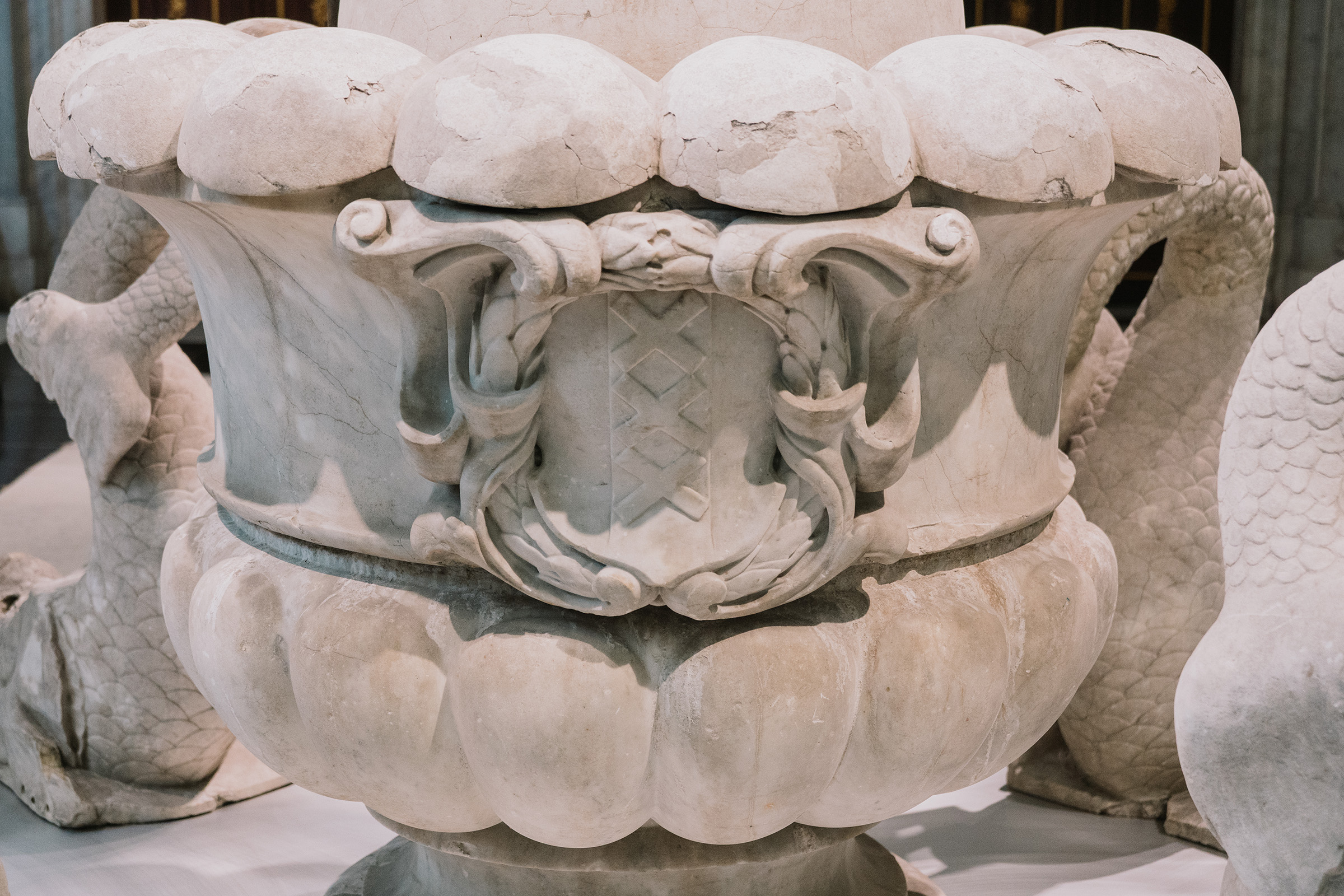
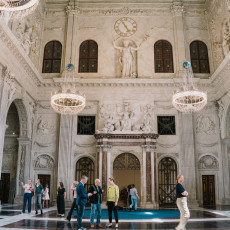
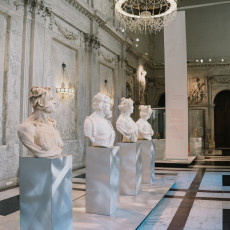
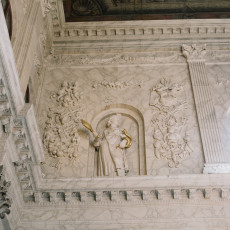
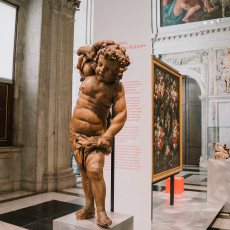
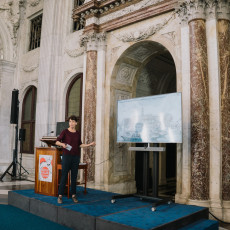
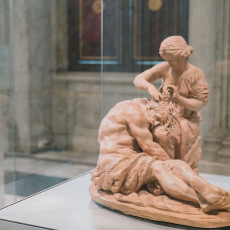

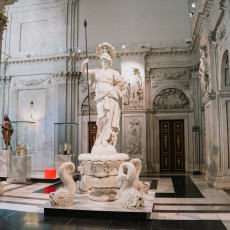
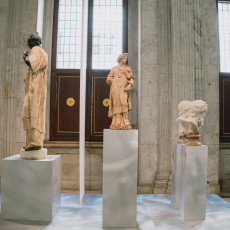
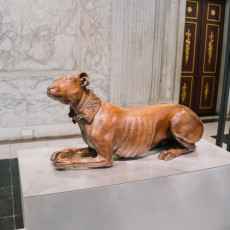

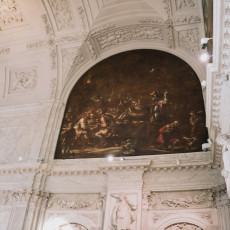
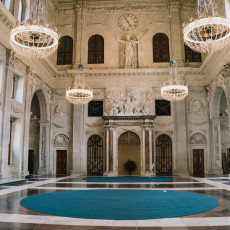
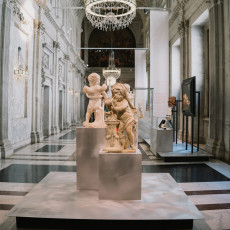
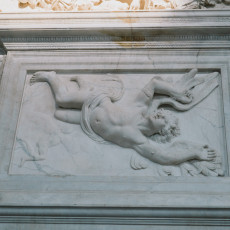
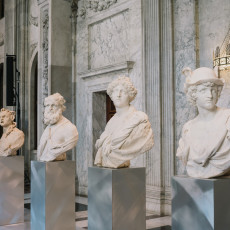
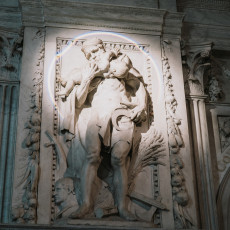

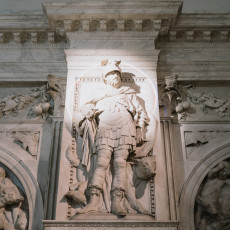
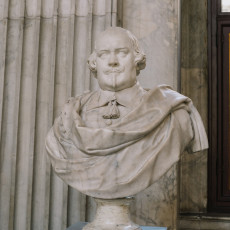
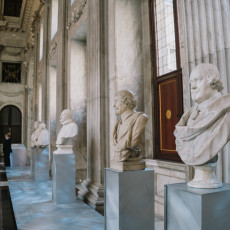

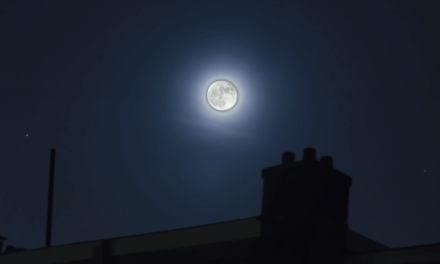
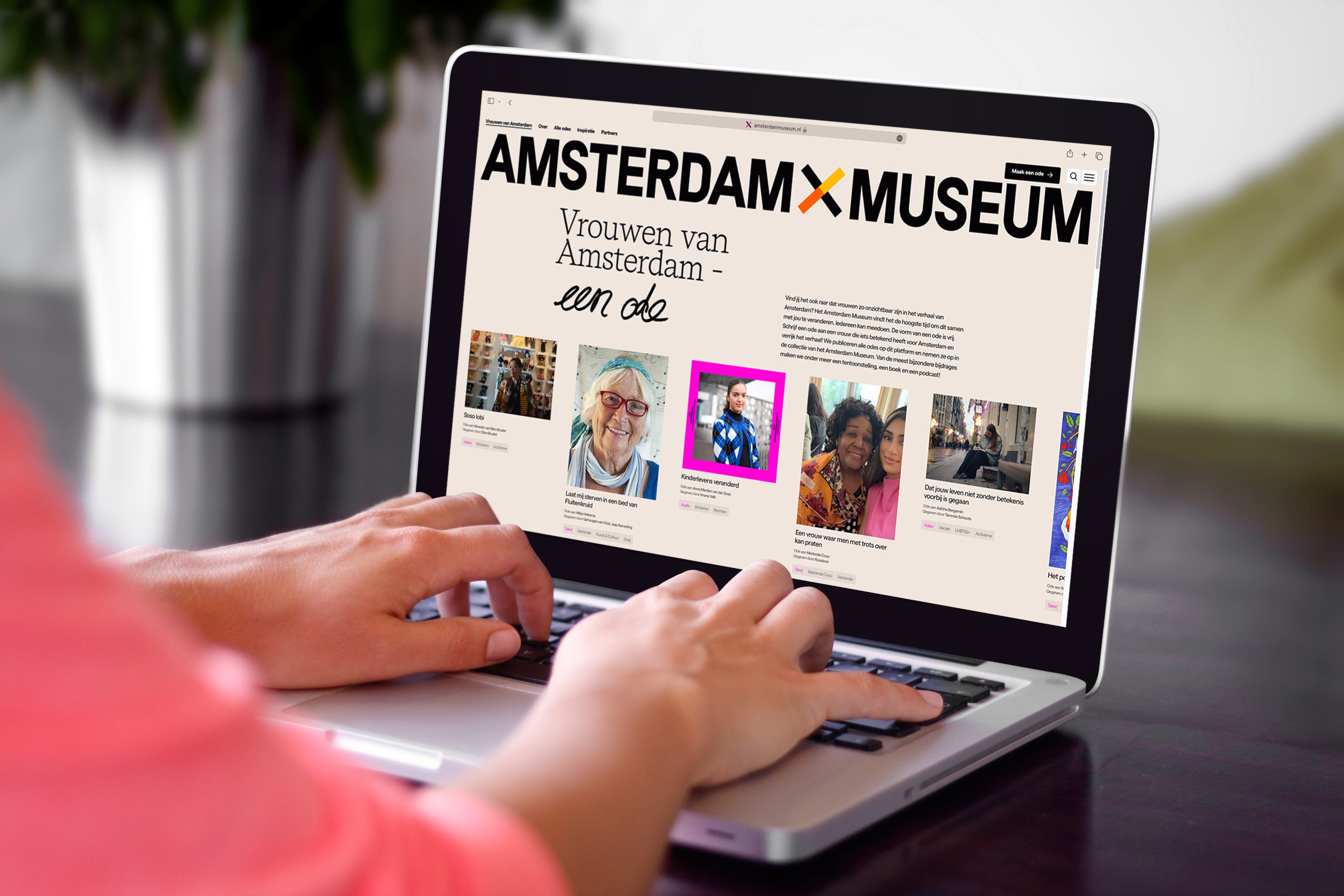

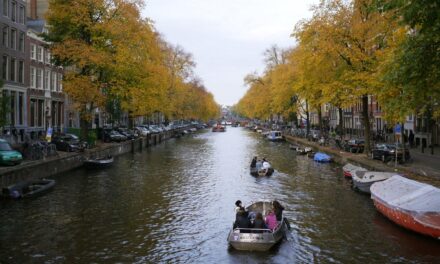

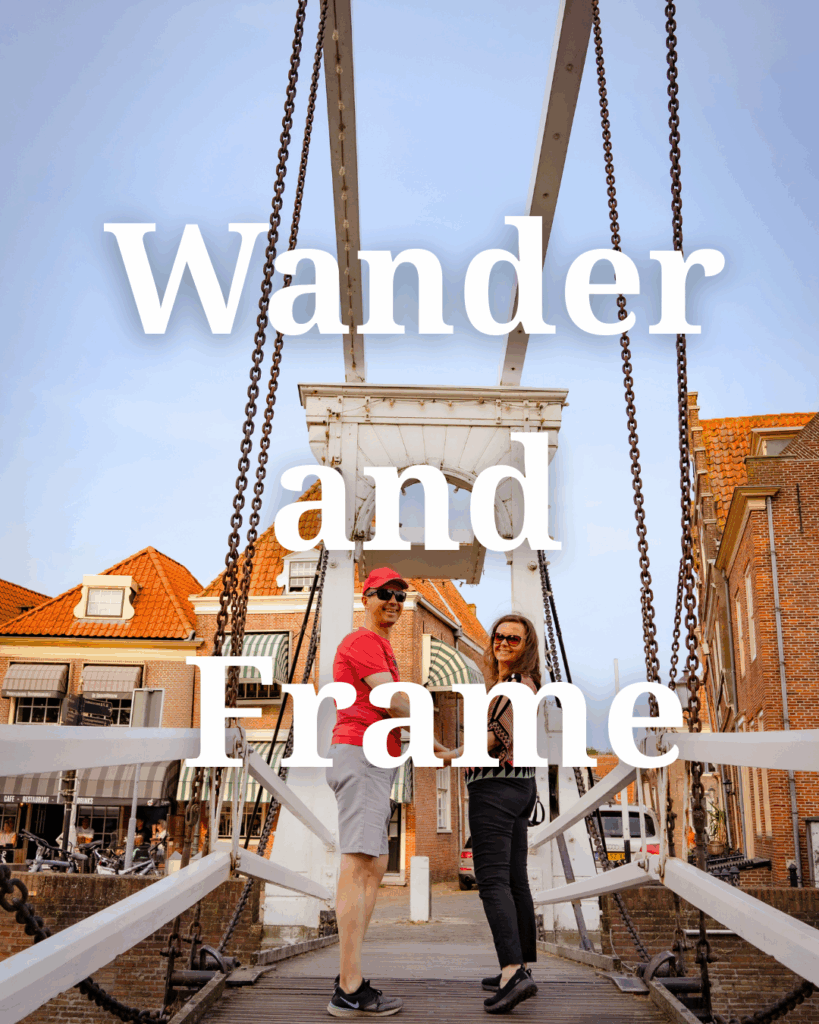
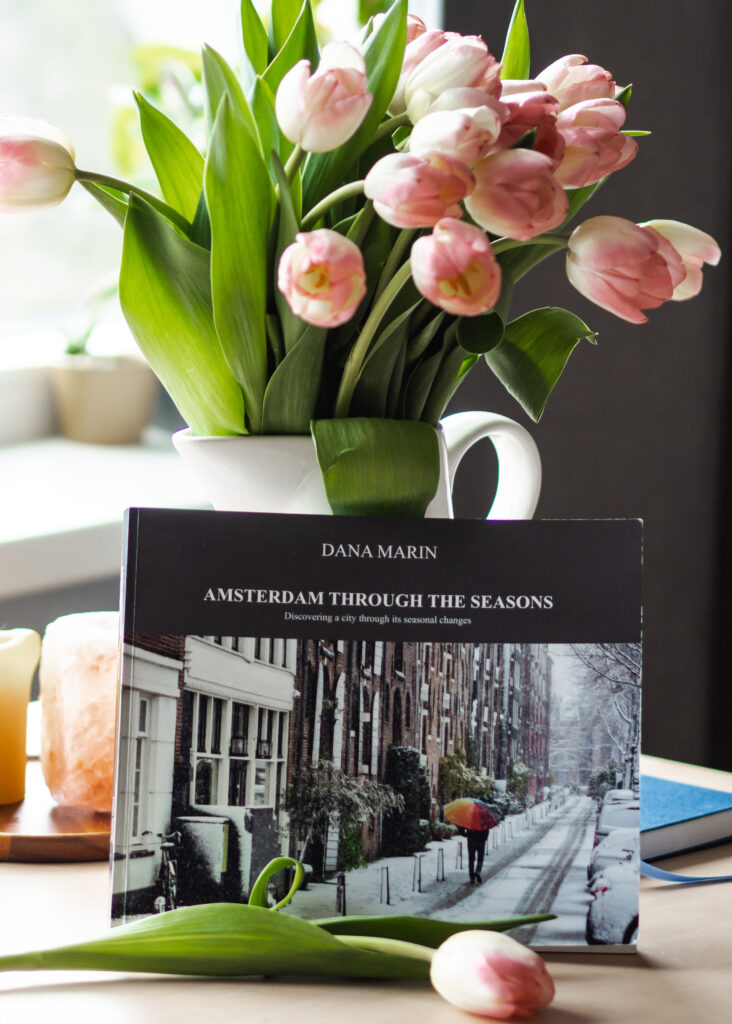

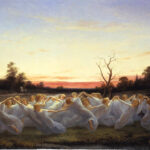
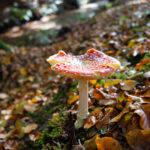
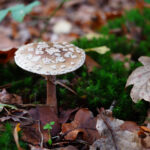
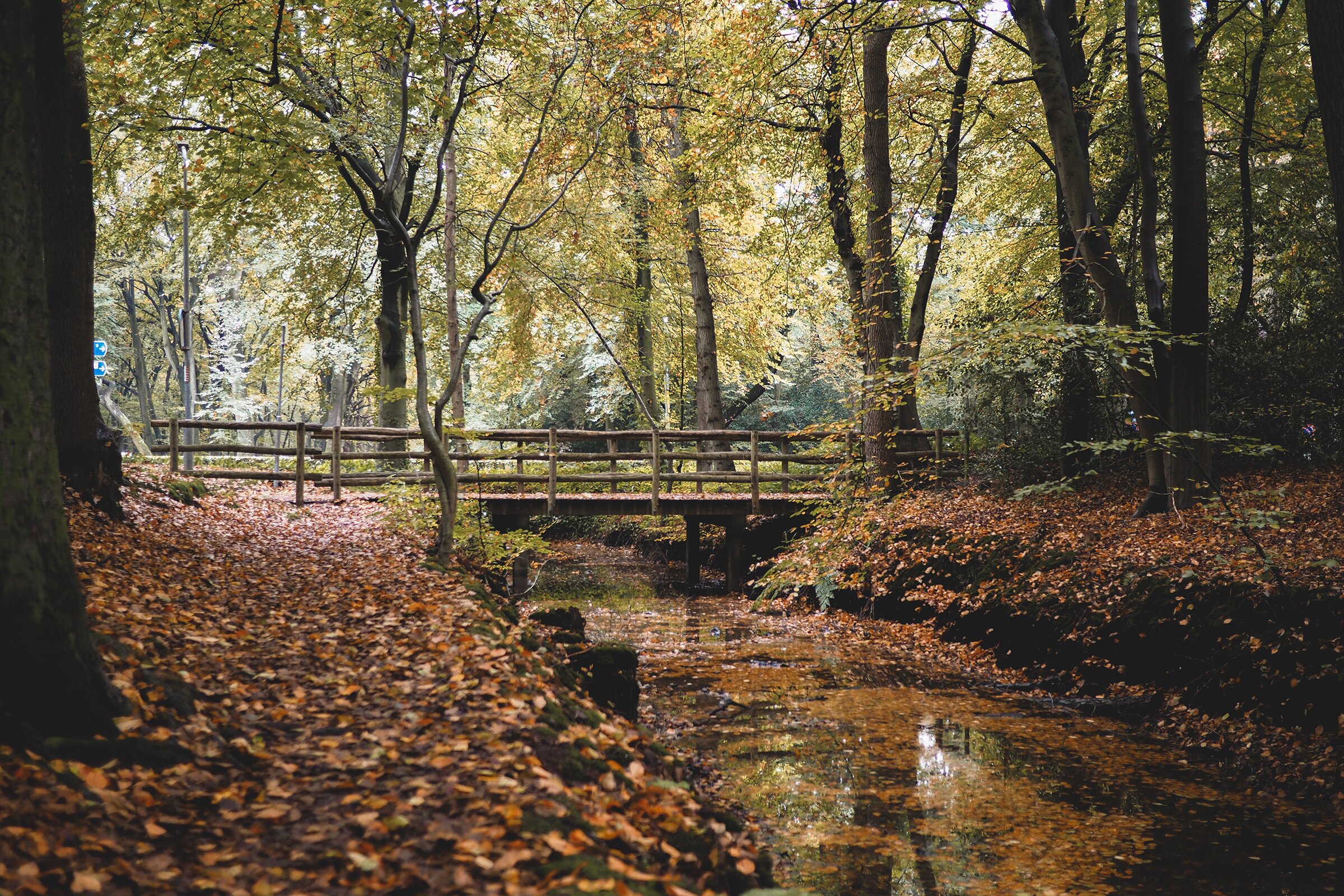

Trackbacks/Pingbacks